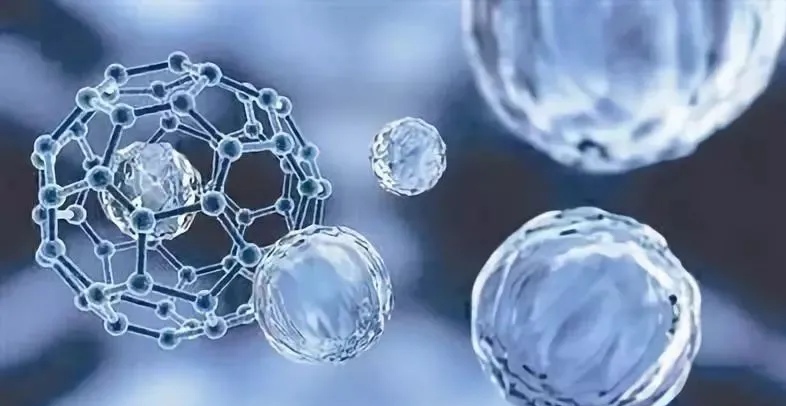In construction engineering, cement mortar is used as the basic building material, and its performance directly affects construction efficiency and project quality. However, the problem of bubbles generated during the construction process often becomes a bottleneck that restricts construction efficiency. The application of cement mortar defoamer has significantly improved construction efficiency by effectively solving the problem of bubbles. This article will elaborate on how cement mortar defoamers can improve construction efficiency from five aspects: "eliminating bubbles", "improving fluidity", "reducing resistance", "reducing material loss", and "improving mixing efficiency".

Cement mortar is prone to air bubbles during mixing, transportation, and construction. These bubbles not only affect the density and strength of the material, but may also cause surface unevenness, increasing the difficulty of post-processing. The use of cement mortar defoamer can quickly penetrate and destroy the bubble film, causing the bubbles to disappear quickly. This process not only eliminates the generated bubbles, but also prevents the generation of new bubbles through a bubble suppression mechanism, fundamentally solving the bubble problem. The cement mortar that eliminates bubbles is more uniform and dense, reducing the workload of later repair and leveling, thereby improving construction efficiency.
The presence of bubbles will reduce the fluidity of cement mortar, making it difficult to evenly distribute it in the formwork, affecting construction speed and quality.
Partial defoamers can improve the fluidity of cement mortar while eliminating bubbles. They improve the flexibility and speed of construction by reducing surface tension, making cement mortar flow more smoothly. Cement mortar with improved fluidity can fill the formwork faster and more evenly, reducing construction delays and rework caused by insufficient fluidity, and improving construction efficiency.
Bubbles form voids inside the cement mortar, increasing the internal friction of the material and making construction operations such as pumping and spraying more difficult. Defoamers reduce voids and resistance inside cement mortar by eliminating bubbles, making construction operations such as pumping and spraying smoother. Cement mortar that reduces resistance encounters fewer obstacles during construction, which speeds up the construction process and improves overall construction efficiency.
The problem of bubbles often leads to an increase in the amount of cement mortar used to compensate for the gaps and defects caused by bubbles. The use of defoamers can significantly reduce the bubble content in cement mortar and decrease the amount of additional material required due to bubbles. Reducing material loss means lower costs and reduced waste. Meanwhile, due to the reduction of unnecessary material addition, the waiting time and mixing cycle during the construction process have also been correspondingly shortened, further improving the construction efficiency.
Bubbles can interfere with the stirring effect during the stirring process, resulting in prolonged stirring time and increased energy consumption. The use of defoamers effectively solves the problem of bubbles during the stirring process. The mixing equipment can achieve the desired mixing effect in a shorter time, reducing mixing time and energy consumption. Improving mixing efficiency means shortening the production cycle of each batch of cement mortar and increasing production capacity. At the same time, the wear and maintenance costs of the mixing equipment are correspondingly reduced, providing strong guarantees for the improvement of construction efficiency.
In summary, cement mortar defoamers have significantly improved construction efficiency by eliminating bubbles, improving fluidity, reducing resistance, reducing material loss, and enhancing mixing efficiency. Widely using defoamers in construction projects can not only improve project quality, but also effectively shorten construction periods and reduce construction costs.

 English
English
 Chinese
Chinese Vietnamese
Vietnamese
 HOME
HOME
 PRODUCT
PRODUCT
 NEWS
NEWS
 CONTACT
CONTACT


